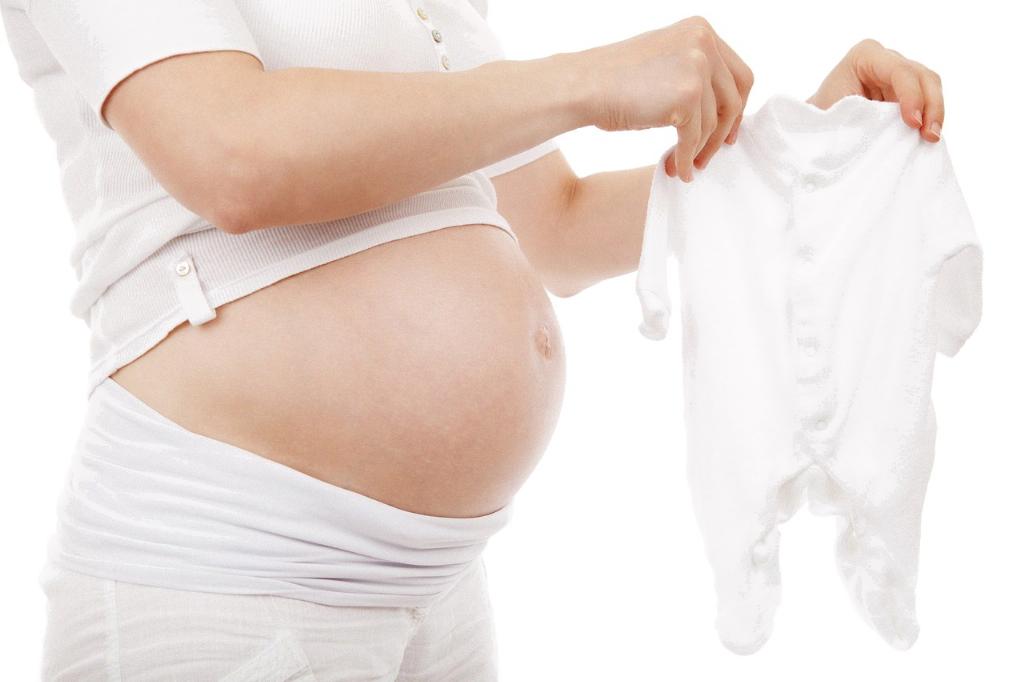Postpartum hernias are a common occurrence following childbirth, where the abdominal muscles and tissues may weaken, leading to a protrusion of organs or fatty tissue through a gap or opening in the stomach wall. One method of repairing postpartum hernias is through a laparoscopic surgery, which involves minimal invasion and quick recovery times.
Benefits of Laparoscopic Surgery
Laparoscopic surgery offers several advantages for fixing postpartum hernias. With this minimally invasive technique, surgeons can access the herniated area through a small incision, reducing the risk of complications and speeding up the healing process for the patient. The use of surgical mesh also helps to reinforce the weakened abdominal wall, providing long-term support and preventing future issues.
Key Steps in the Surgical Procedure
During the laparoscopic surgery for a postpartum hernia repair, the surgeon carefully places a tiny mesh through the keyhole incision to close the gap in the abdominal wall. This mesh acts as a “patch” to strengthen the area and prevent further herniation of tissues or organs. The procedure is designed to restore the integrity of the stomach wall and improve the patient’s overall quality of life.
Recovery after Postpartum Hernia Repair
Following a laparoscopic surgery for a postpartum hernia, patients can typically expect a shorter recovery period compared to traditional open surgeries. It is important to follow your surgeon’s post-operative instructions, which may include limited physical activities, proper wound care, and regular follow-up appointments to monitor your healing progress.
Possible Risks and Complications
While laparoscopic surgery for postpartum hernias is generally considered safe, there are some potential risks associated with any surgical procedure. These may include infection, bleeding, or mesh-related complications. It is essential to discuss these risks with your healthcare provider before undergoing surgery and to seek prompt medical attention if you experience any unusual symptoms post-operation.
Postoperative Care and Lifestyle Changes
After undergoing a postpartum hernia repair, it is crucial to adopt healthy lifestyle habits that can help prevent the recurrence of hernias in the future. This may include maintaining a balanced diet, engaging in regular exercise to strengthen your core muscles, avoiding heavy lifting, and following up with your healthcare provider for any ongoing concerns or issues.
Consultation and Follow-Up Care
If you suspect you have a postpartum hernia or have been diagnosed with one, it is essential to consult with a healthcare provider specializing in hernia repairs. They can assess your condition, discuss treatment options, and create a personalized care plan to address your specific needs. Regular follow-up appointments are crucial to ensure your hernia is healing correctly and to address any potential complications promptly.

